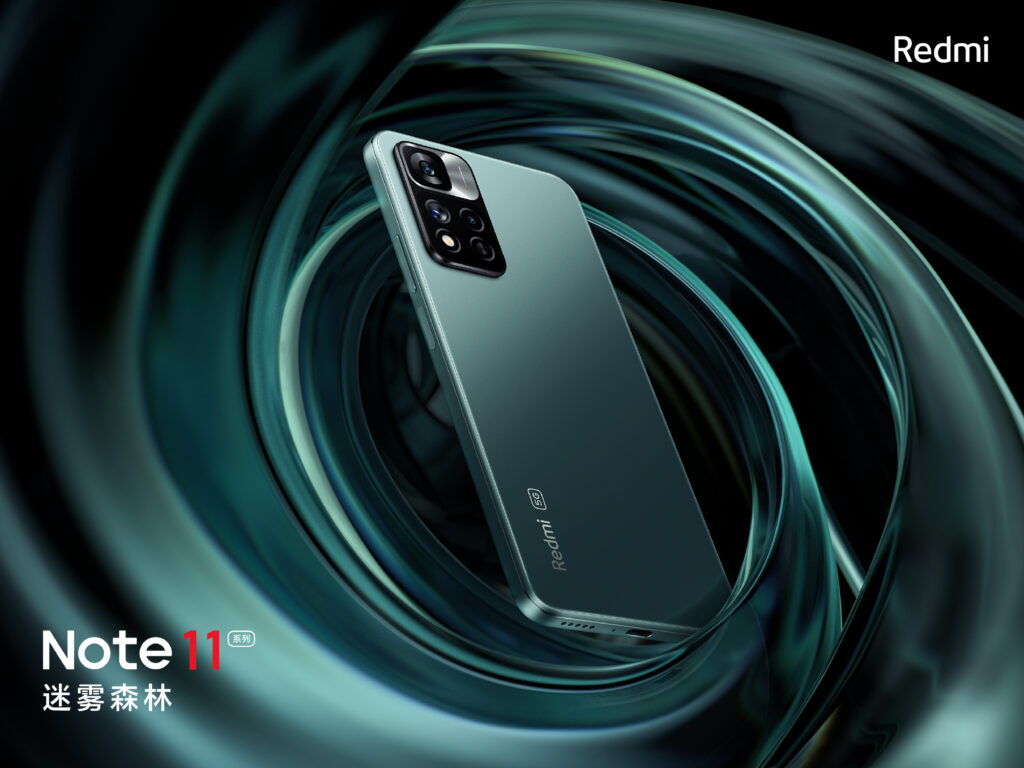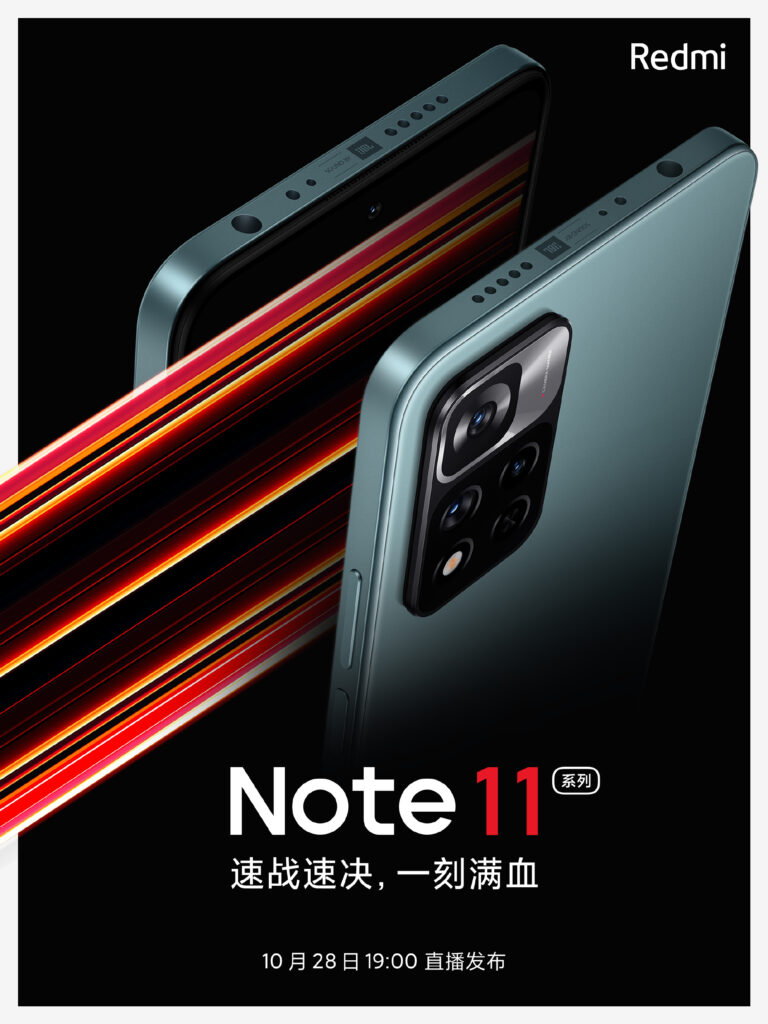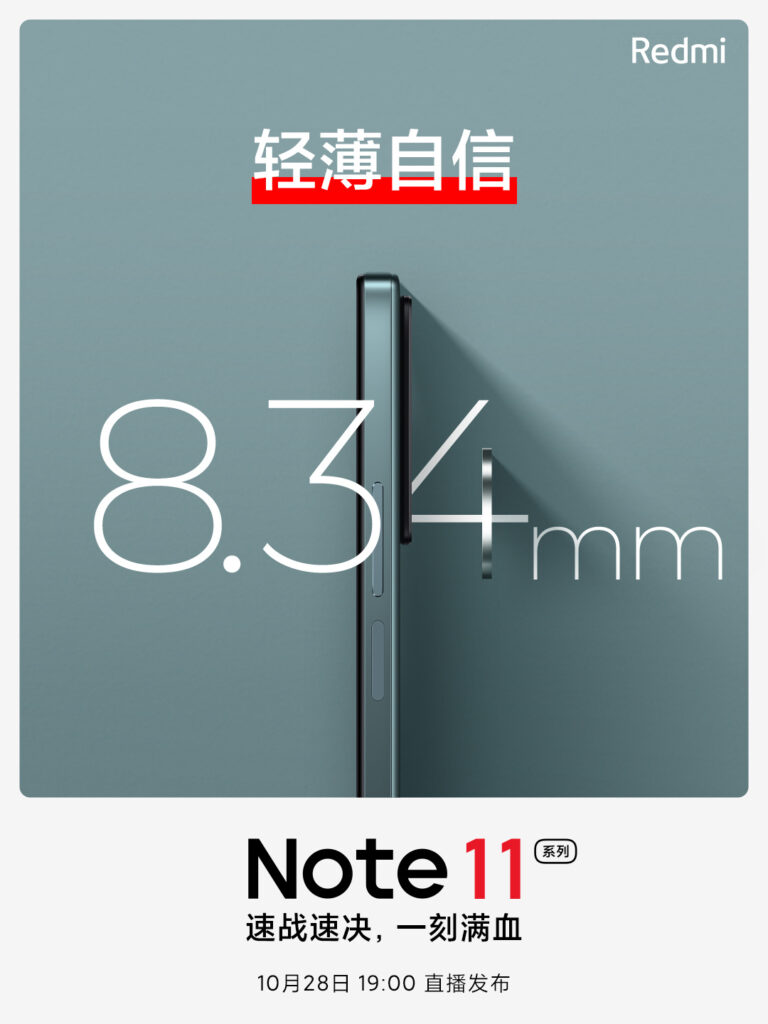Not even a year has passed since the release of the Redmi Note 10 series and the Redmi Note 11 series is almost upon us. The phones are after all a part of Xiaomi’s critically acclaimed Note series – a series so popular that it actually has a major role to play in making the brand what it is today.

Still, the Redmi Note 10 series is by no means out of date and continues to be a compelling buy even now, that is if the lack of 5G support on most of the models is overlooked. This lacking is obviously being made up by its successor, and that’s something we can get behind. But what’s hugely more interesting is the design upgrade. It’s a deviation from the usual rounded edge design we are all familiar with in favor of a more boxy one – a new trend set by the iPhone 12.
The front and back glass of the Redmi Note 11 are now both flat. The last time we have seen this was with the Redmi Note 7. However, unlike the Redmi Note 7, the edges are now sharp and angular with almost 90° curves.
Pros & Cons
While opinions on whether the boxier form factor looks better are highly subjective, there is actually a plus point associated with it from an engineering perspective. A rectangular design is highly space-efficient and allows to fit more inside, as opposed to a phone of the same dimensions with a curved back.

This may have a role to play in making the iPhone 12 much slimmer than the iPhone 11 and now possibly the Redmi Note 11 slimmer than the Redmi Note 10.
Yep, the Redmi Note 11 measures just 8.34mm including the camera module. For comparison, the Note 10 Pro measured 8.1mm excluding its cameras. Xiaomi is yet to reveal the actual thickness of the Redmi Note 11 without the camera bump but we are positive that it will be much lesser than its predecessor, which is a huge plus.
However, there are downsides to a boxier approach too. iPhone 12 owners have frequently complained about the phone feeling a bit too sharp around the edges – something that can feel unpleasant when the phone is held sans cover. This sensation is compounded when a device is especially large and hefty. We, therefore, hope that the Redmi Note 11 series will also be featherweight along with being exceptionally slim.
Apart from that, the Redmi Note 11 series features a camera module design that’s not unlike the one found on the Redmi 10 Prime. The primary sensor is housed within a shiny little island of its own that sits atop two more cameras and a flash, making it a triple camera system. The module is larger in area and more eye-catching than the one found on the Redmi Note 10 series.

Last but not least, the Redmi Note 11 has switched to an AG glass for the rear panel. It may not look as flashy as regular glass but is much grippier and much less prone to collecting fingerprints and grime. AG glass is also something that’s associated with more premium models and that’s something the Redmi Note 11 has indeed become with its much-upgraded specs, hence the design refinements. It’s likely that all this will be driving the price up.
Conclusion
All in all, the design is a step forward in my opinion as its many pros overweigh the only con. I’d naturally prefer a slimmer and grippier design even if it comes at the cost of slight discomfort from sharper edges – discomfort that can easily be eliminated with the use of a case. A case is preferred by most device owners anyway.
The Redmi Note 11 series is comprised of three models:
- Redmi Note 11 that will be available in Shallow Dream Galaxy, Mint Mint, and Mysterious Black Realm colors,
- Redmi Note 11 Pro that will be available in Shallow Dream Galaxy, Time Quiet Purple, Misty Forest, and Mysterious Black Mirror,
- And the Redmi Note 11 Pro+ with Time Quiet Purple, Misty Forest, and Mysterious Black Mirror color options.
RELATED:






